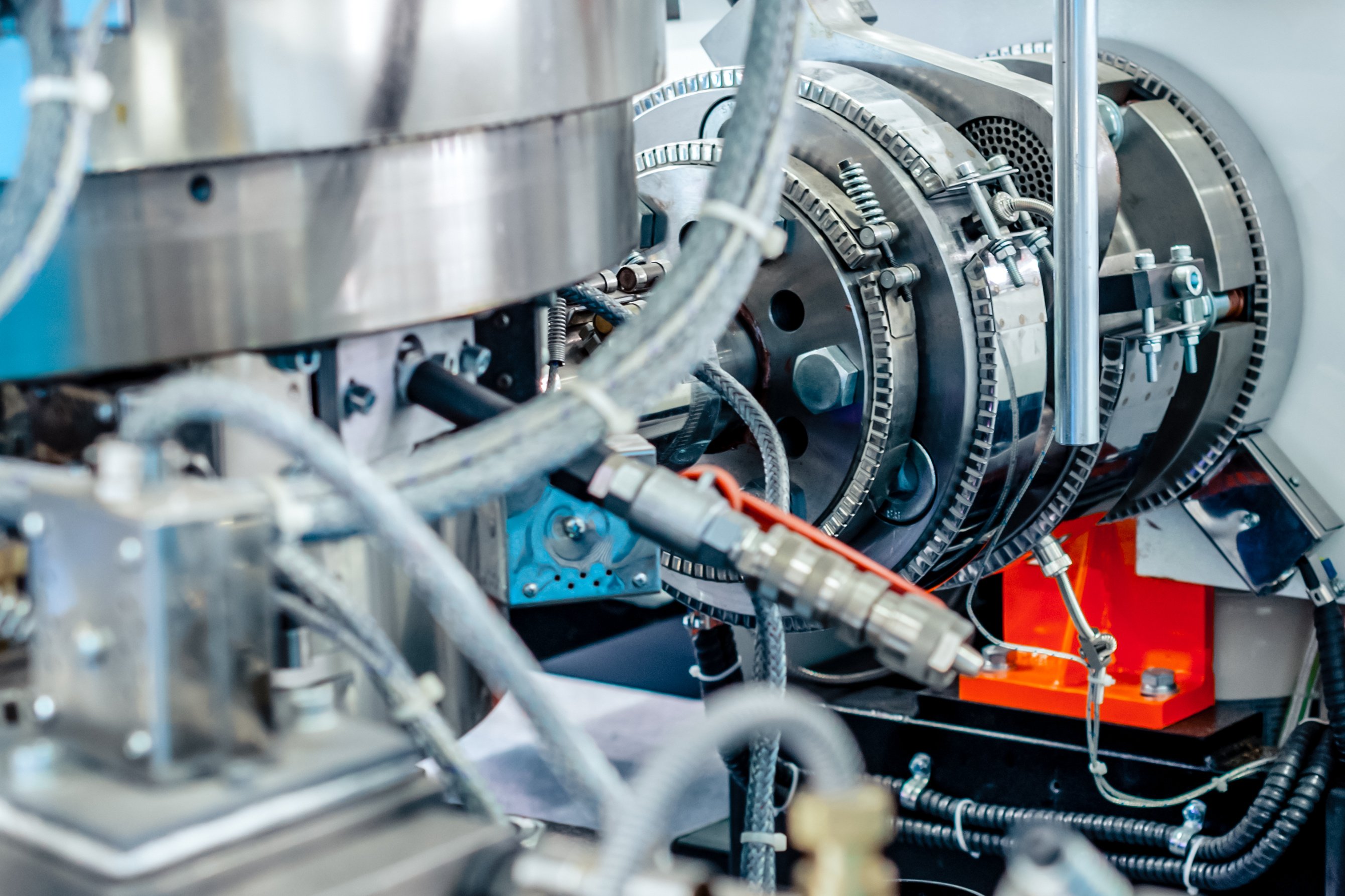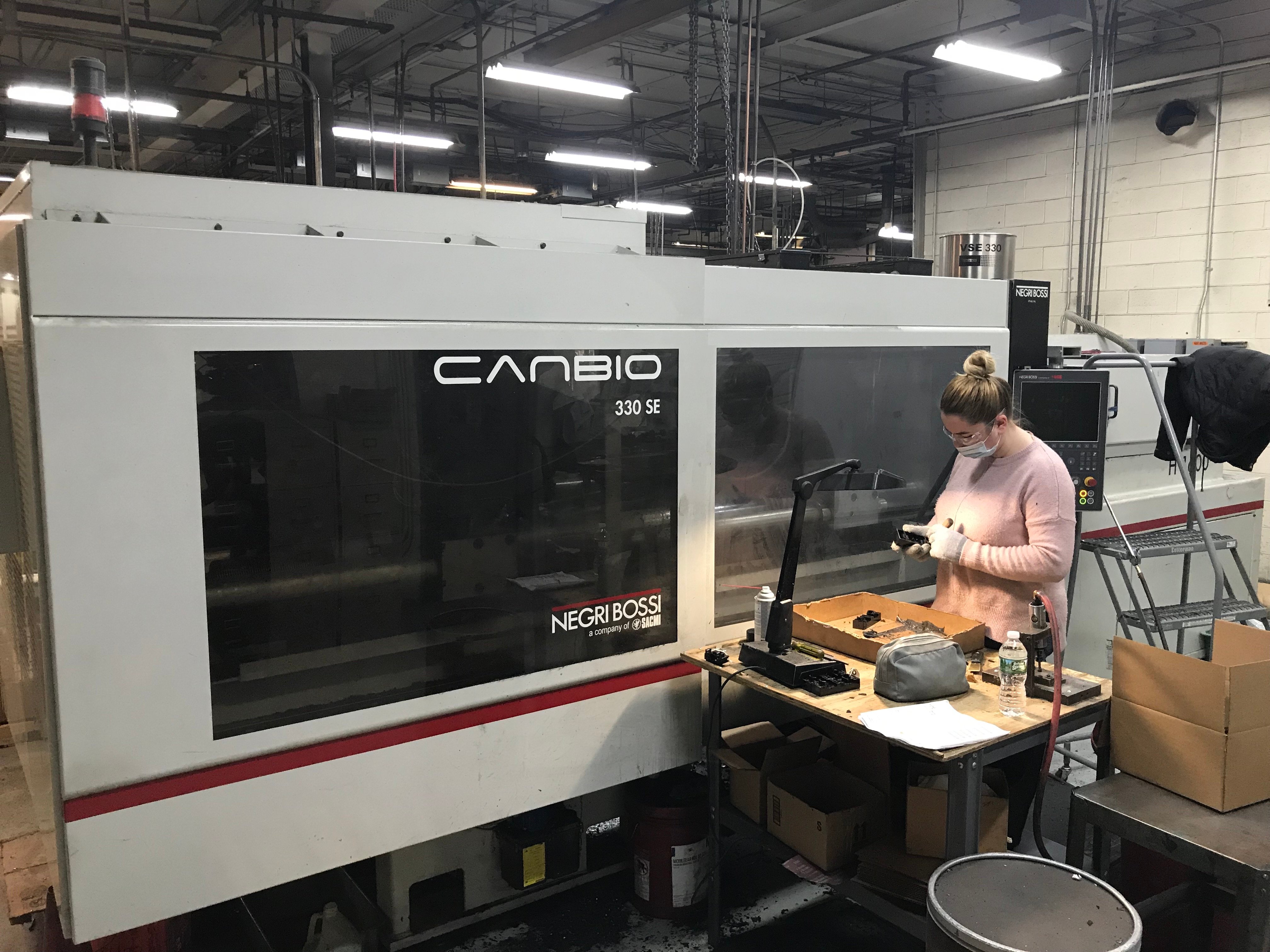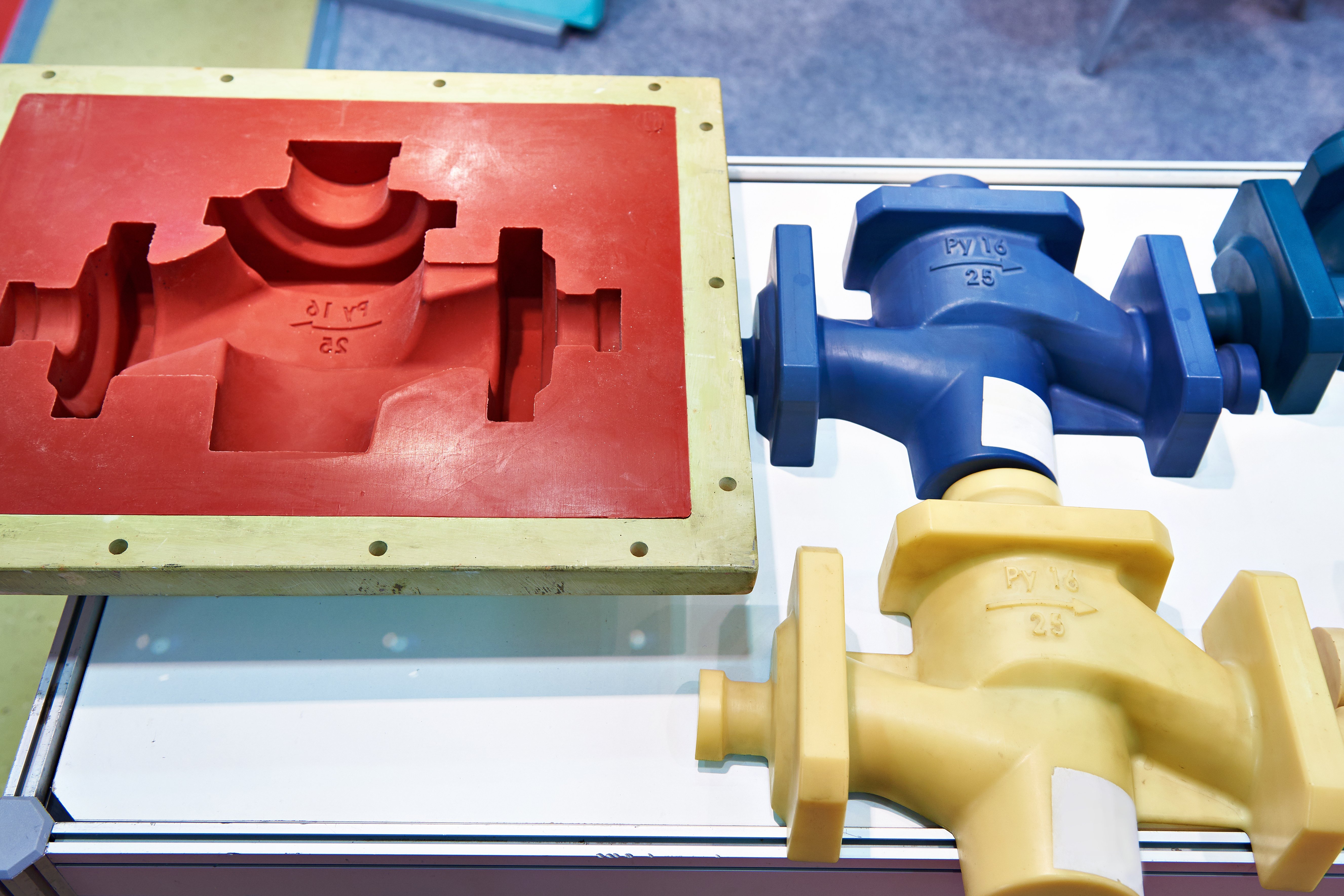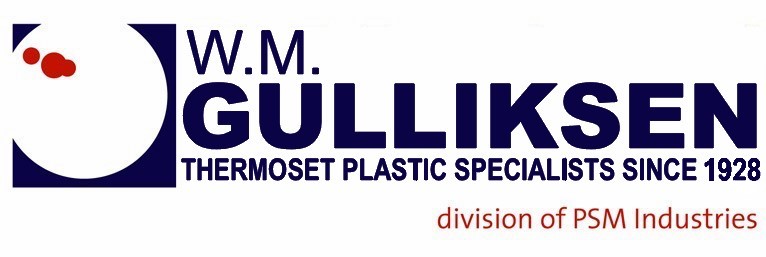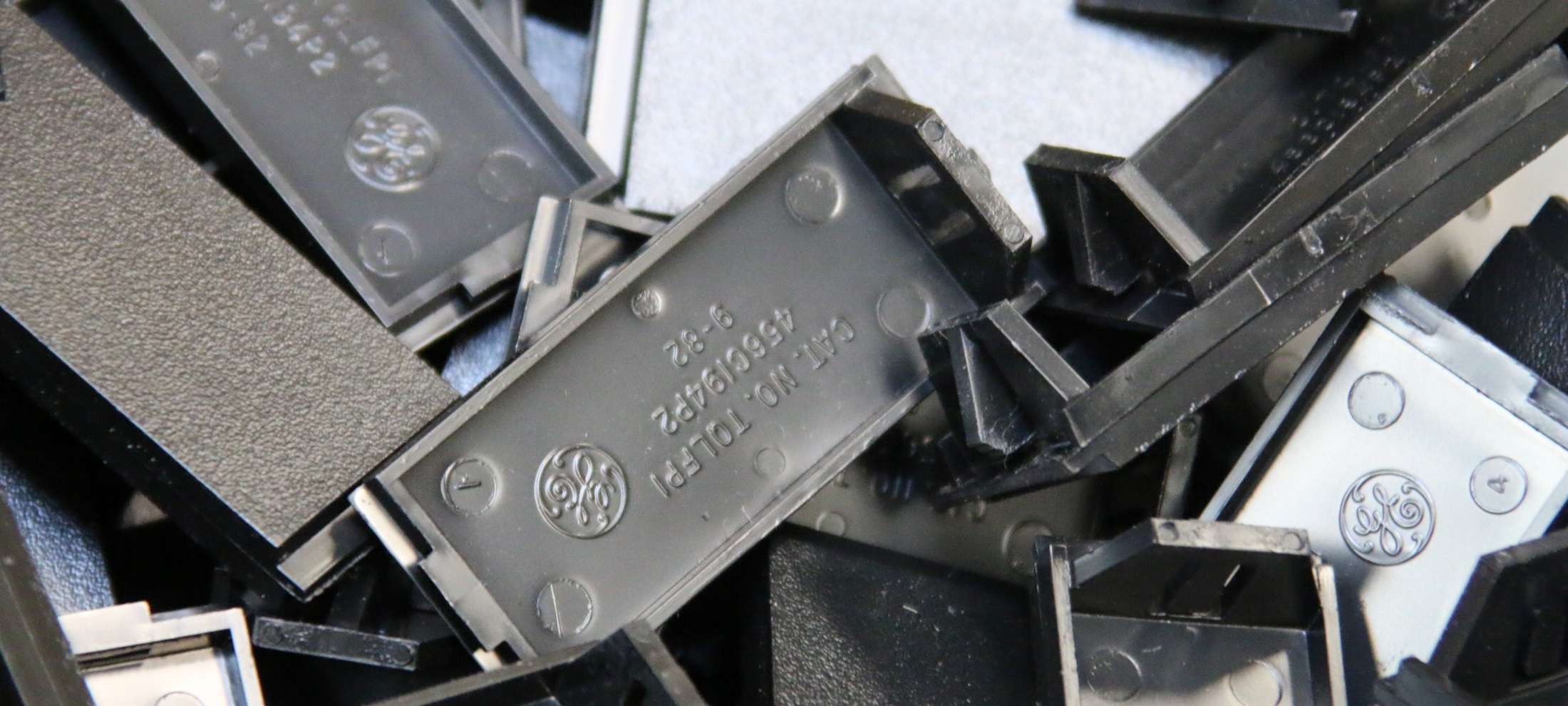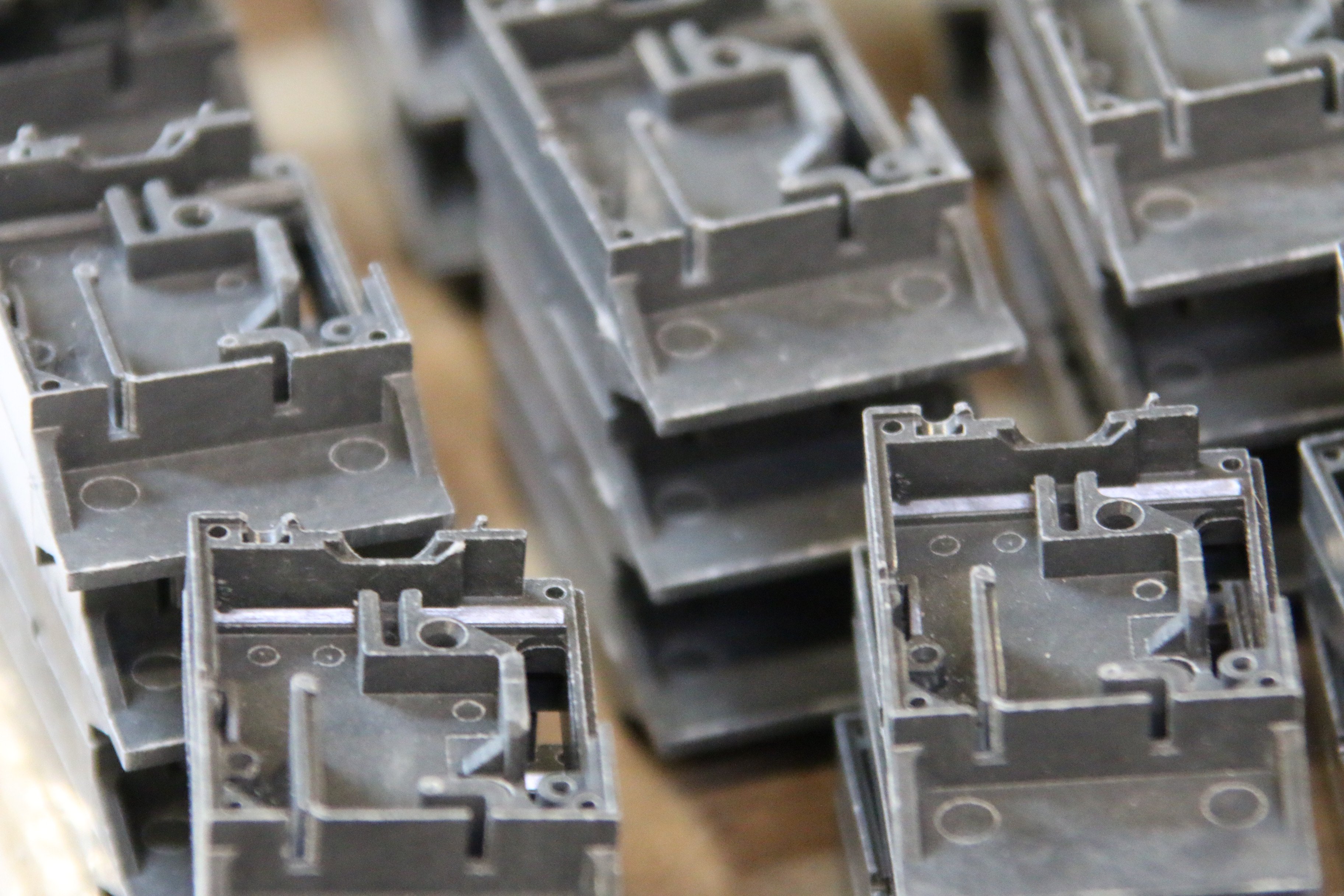Plastic molding is a process that shapes hot plastic into a predetermined form. There are two types of molding: thermoplastic and thermoset. The primary difference between thermoset and thermoplastic is their heat and chemical resistance capabilities. Thermoset plastics are more resistant to heat and chemicals than thermoplastics. Thermoplastics are easier to work with.
Both thermoplastic and thermoset molding have various applications, from automotive and appliances to electrical and general industrial applications. Thermoset materials are widely used in electrical components, automotive parts, and kitchen appliances where heat or chemical resistance and high strength or rigidity are needed. Thermoplastic materials are used in medical devices, optical lenses, and food packaging applications where dimensional stability and clear or translucent parts are needed.
Thermoset Molding
In thermoset molding, a mold is filled with a raw material that is in a semi-solid state. The material fills the mold and is heated until it chemically sets. Once the material has cooled, it is a completed part. Thermoset molding is often used for creating complex parts with intricate designs. It is also an efficient way to produce large quantities of parts quickly and inexpensively.
Benefits of Thermoset Molding
Thermoset molding offers many benefits that make it an attractive option for various applications, including:
- Cost-effectiveness: Thermoset molding can be performed with less expensive equipment than other types of molding, raw material is typically cheaper than thermoplastic molding, and it requires less energy to cure, which can further reduce production costs.
- Resistant to high temperature: Thermoset molding provides excellent resistance to high temperatures, making it an ideal choice for applications where the material will be exposed to extreme heat.
- Resistant to chemicals: Thermoset molding is highly resistant to chemicals, making it an ideal choice for applications where the material will be exposed to harsh chemicals. Thermoset parts will not corrode when exposed to chemicals.
- Excellent electrical properties: Thermoset molding has excellent electrical properties, making it a good choice for electrical and electronic applications.
Thermoplastic Molding
Thermoplastic molding is a process that uses heat to melt plastics so that they can be molded into different shapes. The liquid plastic is then injected into a mold and cooled until it hardens into the desired shape. Thermoplastic molding is a versatile process that can create a wide variety of products, from medical equipment to car parts. Thermoplastics are also easy to recycle, making this an environmentally friendly manufacturing process.
Benefits of Thermoplastic molding
- Accuracy: When it comes to manufacturing, accuracy is key. Thermoplastic molding provides extremely precise results, ensuring that your products are exactly what you designed.
- Great surface finish: Thermoplastic molding produces a great surface finish, giving your products a unique, high-quality look and feel.
- Quick cycle times: Thanks to quick cycle times, thermoplastic molding is one of the fastest manufacturing processes available and can usually be turned around within days.
